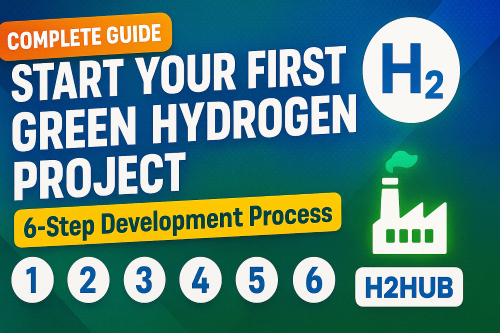Exploring the potential of geothermal energy as a reliable baseload power source
- switchingtosolarpv
- Jan 10, 2023
- 3 min read
Geothermal energy is a renewable energy source that utilizes the Earth’s internal heat to generate electricity. One of the unique characteristics of geothermal energy is that it can be used as a base-load power source, which means it can produce electricity consistently and reliably.
Unlike other renewable energy sources, such as solar and wind, geothermal power plants can generate electricity continuously, 24 hours a day, seven days a week. This makes it an attractive option for providing base-load power, which is the minimum amount of power that a utility must generate or purchase to meet customer demand. The ability to produce power consistently and reliably is a crucial aspect of a power source as it allows for better grid management, and also for the integration of renewable energy sources into the existing power grid.
One of the main advantages of geothermal energy as a base-load power source is that it does not depend on weather conditions like solar and wind power do. This can be of great importance for countries or regions with high uncertainty in weather conditions, where renewable energy sources such as solar and wind power may not be as reliable. Additionally, geothermal power plants typically have a longer lifespan compared to other renewable energy sources like solar and wind, which can make it a more cost-effective option in the long run.
Geothermal power plants can be classified into three types: dry steam, flash steam, and binary cycle. Dry steam power plants draw on geothermal reservoirs of steam and send it directly to a turbine to generate electricity. Flash steam power plants pull hot water from underground and convert it into steam, which is then used to generate electricity. Binary cycle power plants, on the other hand, utilize hot water to heat a secondary fluid with a lower boiling point than water, creating steam to drive a turbine. These three types of geothermal power plants can be used depending on the characteristics of the geothermal resource.
However, despite its potential, geothermal energy is still relatively underdeveloped as a source of electricity, representing a small fraction of the total renewable energy generated worldwide. While it is widely used in some countries, such as Iceland and Philippines, it is still not a significant source of electricity in other countries. The main barrier to the wider deployment of geothermal energy is the high upfront costs associated with the exploration, drilling, and construction of geothermal power plants, which can deter investors and make it difficult for smaller companies and developing countries to participate in the market.
Additionally, the availability of geothermal resources can also be a limitation, as not all regions of the world have suitable geothermal resources for power generation. However, advancements in technology, such as enhanced geothermal systems (EGS), which involves artificially creating underground hot water reservoirs, are making it possible to generate geothermal energy in areas where traditional geothermal resources are not available.
Furthermore, the public perception of geothermal energy and how it compares to other renewable energy sources, like solar and wind, is also an important consideration, as public acceptance is a key driver for the development and deployment of renewable energy.
Overall, geothermal energy has the potential to play an important role in meeting the world’s growing energy needs as a baseload power source. Its ability to generate power consistently and reliably, combined with its environmental benefits, make it an attractive option for both investors and policymakers. The development of new technologies, such as EGS, and the reduction of costs associated with the exploration, drilling, and construction of geothermal power plants will be crucial in unlocking the full potential of geothermal energy.



Comments